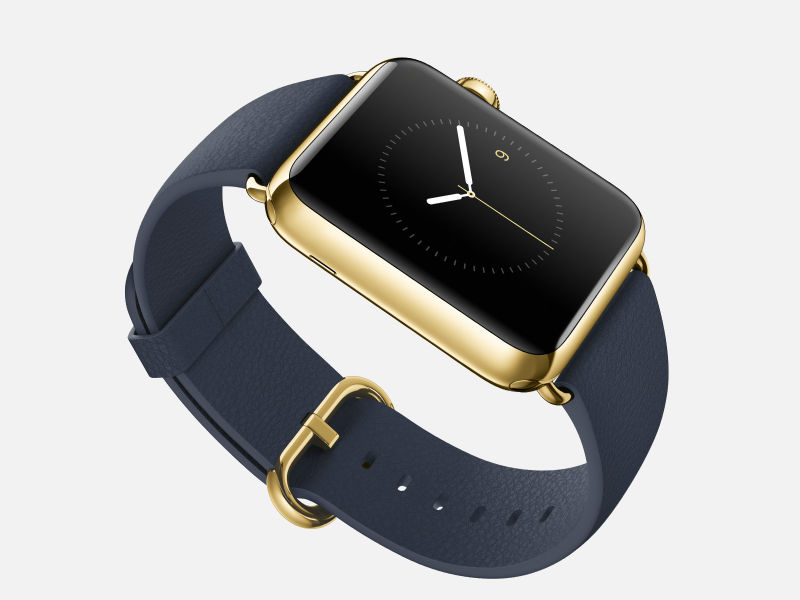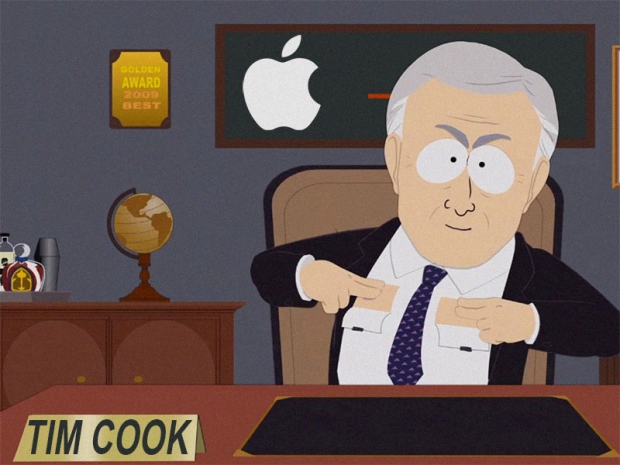The $349 price is for the small 38mm Apple Watch Sport, with an aluminium body, Gorilla Glass and rubber band. The 42mm version is $50 more.
These prices sound realistic and reasonable, but the standard Apple Watch, with a stainless steel body and sapphire glass, starts at $549. In case you want to add a premium metal band, you can easily end up north of $1,000.
If you thought that was steep – think again. The flagship Apple Watch Edition, with 18-karat gold trim, will start at $10,000. If you play around with different options, the price can go up to $17,000.
The Tame Apple Press quickly sprang into action to justify Apple’s questionable pricing, proclaiming that Apple is a luxury brand and can charge whatever it wants for its toys. While this makes sense when talking about a reasonable “Apple tax”, we don’t think it applies to $10,000 watches.

Regardless of whether you use gold, platinum or depleted uranium on a smartwatch, it will still be a disposable wearable gadget. A $10,000 Rolex will keep going for generations and you could pass it down to your kids, with very little depreciation. Plus, there’s no $350 Rolex to undercut the brand, so you get a lot more exclusivity.
Meanwhile a $10,000 Apple Watch can keep going for a couple of years and then you can use it as a paperweight.
In any case we believe Apple didn’t get the pricing right this time around. If people who are willing to spend a few thousand dollars on a disposable toy are the target audience, then Apple should have gone with even higher prices – as vain people would still buy it.




